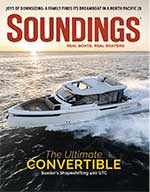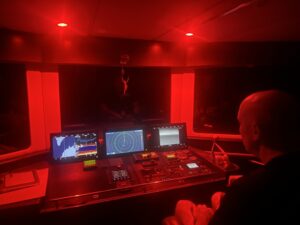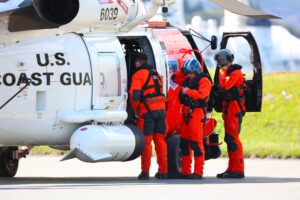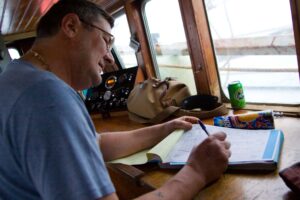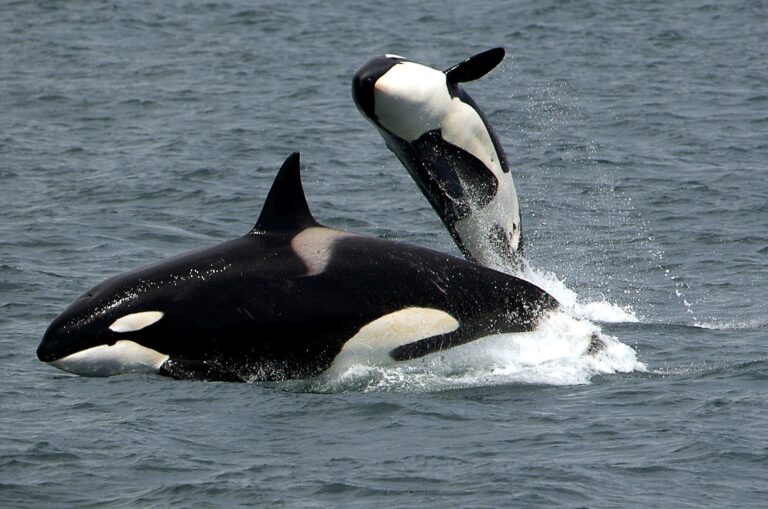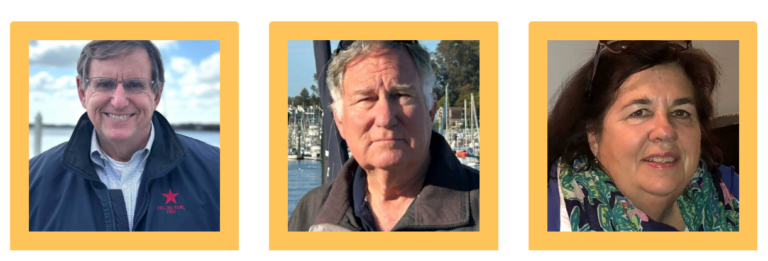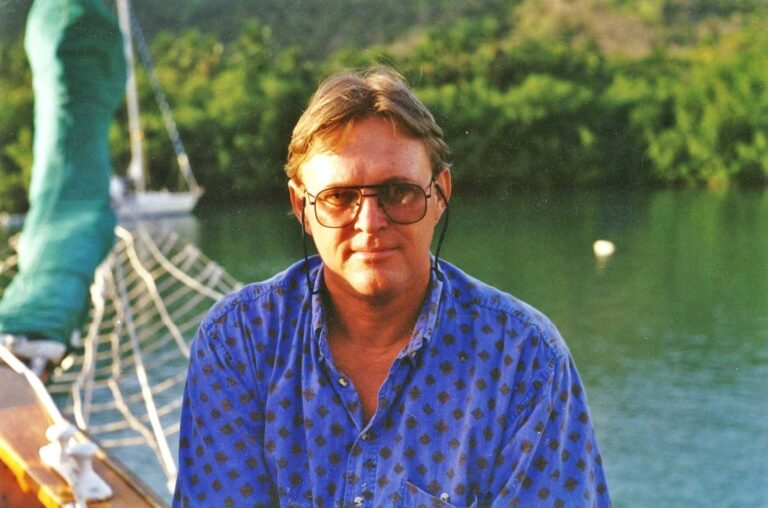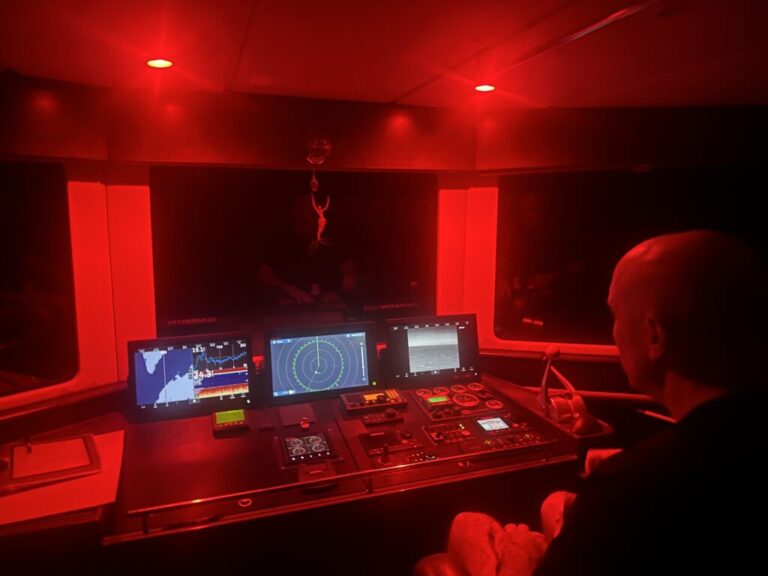
Capt. Kevin Nakamaru was in his early 20s and a mate aboard a Kona-based charter boat when he first met Capt. Peter B. Wright in 1991. Wright, who died in February, was already a legend in the big-game fishing community. Widely acknowledged as one of the most accomplished captains in the world, Peter, who was from the U.S., captured more gamefish over 1,000 pounds than any man in history, including 77 grander marlin brought to the scales and others released.
Kevin was born and raised in Kona by parents who were devoted blue-water anglers. He caught his first blue marlin at age 9 and his first big ahi at 10. The meeting with Peter aboard the charter boat Humdinger would prove fortuitous as a year later Kevin would be fishing with him aboard his famous Cairns boat the Duyfken as second mate. Kevin spent the 1992, ’93 and ’94 black marlin seasons on the Great Barrier Reef under Peter’s tutelage. Those years had a lasting impact on Kevin’s career, as he would go on to become one of the most successful big marlin captains of his generation. Here are some of his recollections about the iconic Peter B.
“A lot of people don’t realize how incredibly intelligent Peter was,” says Kevin. “He was a voracious reader who looked at everything he could find on fishing. He also loved adventure novels and consumed them at a furious pace, then passed them down to me.” Peter also helped Kevin discover authors who eventually became his personal favorites, including historical novelist Wilbur Smith.
“In conversation, if Peter respected you, he would push you to explain your positions, especially on anything concerning fishing,” says Kevin. “He wanted you to defend your opinion, why you might think your way of doing something was better. Talking with him was a give and take of ideas, and always a learning experience.”
One such discussion turned into a clash between two anglers who were familiar with different big marlin fisheries. Kevin, coming from Kona, was a proponent of trolling lures for big blue marlin. Peter, on the other hand, was Aussie-trained and targeted the Coral Sea’s huge black marlin using rigged natural baits. Peter would prod Kevin to make his case for fishing lures and to explain every little detail of his technique, including how the various lure designs ran in water, where to place them in a pattern and the best way to rig them so they would hold up to the fight of a grander. The conversation, like many others, went on well into the night.
“If Peter felt your argument was solid, he would put it to the test on the water,” says Kevin. “He was all about testing everything—rods, reels, leaders, connections, you name it—to see if it could catch and stand up to the pressures of fighting big marlin.” To Kevin’s credit, Peter did eventually try Hawaiian lures on the Reef and caught some very big black marlin with them.
During three heady seasons as mate aboard Duyfken, Kevin learned from a master of the game. Already a captain in his own right, he was looking forward to a future spent hunting giants on his own, and he didn’t have long to wait. Kevin went on to travel to distant ports in search of other 1,000-plus-pound marlin, sometimes in Peter’s company, sometimes on his own at the helm of various boats.
“Probably the best advice Peter gave me was this: To catch really big fish you have to find untapped areas and primitive fishing grounds, where modern boats, tackle and techniques can really shine,” Kevin says. Back when he was first in training with Peter, just a few mothership operations were traveling around the globe to remote places. Motherships were large yachts that towed or carried sportfishing boats to places that had never seen these types of vessels before.
Kevin took Peter’s advice in 1995, when he signed on to run a boat in Madeira, a small island off the coast of Portugal where, it was rumored, there were plenty of huge Atlantic blue marlin. He was there during the seasons when the fishing was at its peak and the marlin and bigeye tuna were passing through. Then, he would leave to fish the black marlin season in Cairns with Peter. That was followed by fishing the blue marlin season back home in Kona before returning to Madeira.
In 2000 Kevin did the unthinkable, catching a 1,075-pound Atlantic blue, an 1,115-pound Pacific blue and a 1,210-pound black marlin. He repeated the slam in 1996 and caught numerous marlin both years in the 900- to 1,000-pound plus class, releasing most.
Even with those successes, he praises his mentor. “Peter was a wizard at the helm,” Kevin says. “He could throw the boat around when fighting big fish, even in the roughest water, always working the best angles to give his angler an advantage. He knew how to set up the fighting chair and harness and teach even novice anglers how to use them so they’d have the best chance at catching a grander. When we’d get on a sailfish bite inside the Great Barrier Reef, we would catch them one after another, backing down fast to get the release. We won most of the light-tackle tournaments we entered. His boat handling gave us the biggest advantage.”
During a battle with a huge marlin, says Kevin, Peter would do things like run up sea of the fish to force it to tail down sea. “That way we could catch up with it in reverse for a quick gaff shot or release. It might sound easy, but it takes a remarkable understanding of your boat’s capabilities and a sixth sense to anticipate the fish’s moves.”
Peter had a few rules for fishing. “One of them was never over-complicate things. Keep it as simple as possible,” Kevin says. “And don’t leave fish to find fish, something that is often hard to do when you hear the radio crackling with reports from other spots.” At the same time, Wright encouraged his pupil to use his skills, knowledge and confidence to scope out new areas for targeting big fish.
“One of the things I loved about him was the way he expressed his thoughts. ‘Anthropomorphize’ was a big Pete word,” says Kevin. “Don’t give a fish credit for more brainpower than it possesses. Even the biggest marlin are creatures of habit that use instinct to meet their most basic need of finding prey. They just want to eat when they’re hungry, and it’s up to us to be there when that happens.”
Kevin still resides in Kona, where he charters his classic 37-foot Merritt, Northern Lights, for blue-water gamefish. And he still thinks about all of the things he learned from his old friend. “I still miss the special days I spent with Peter chasing granders, and I will continue to fish hard to honor the legacy he has left as one of sportfishing’s most accomplished grander hunters.”
This article was originally published in the May 2023 issue.

